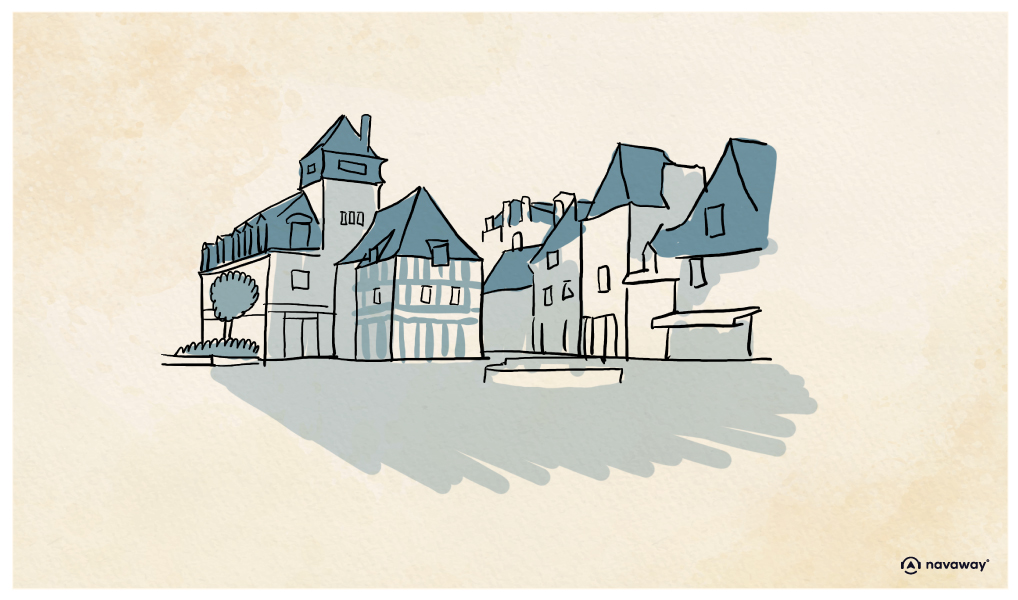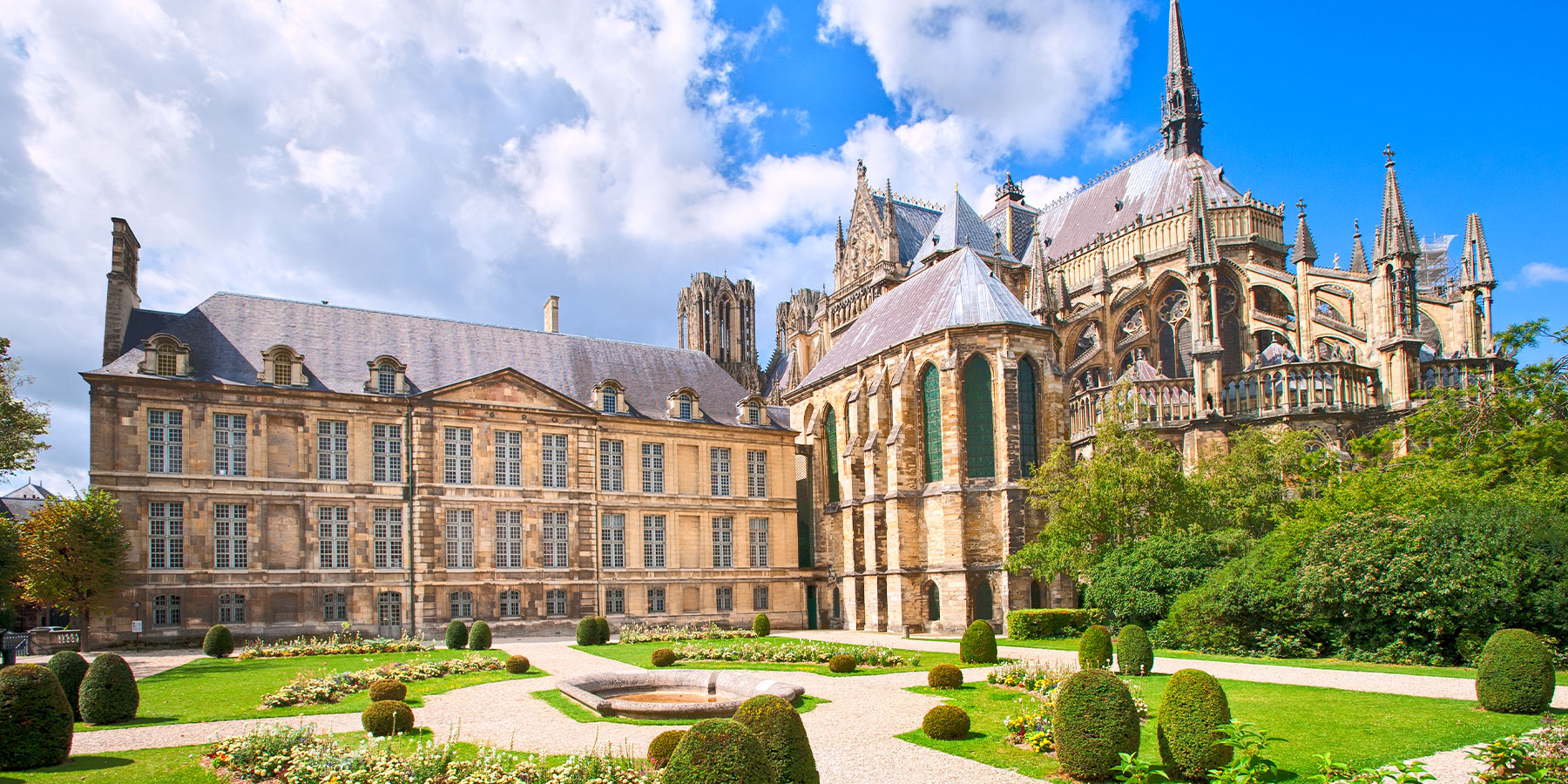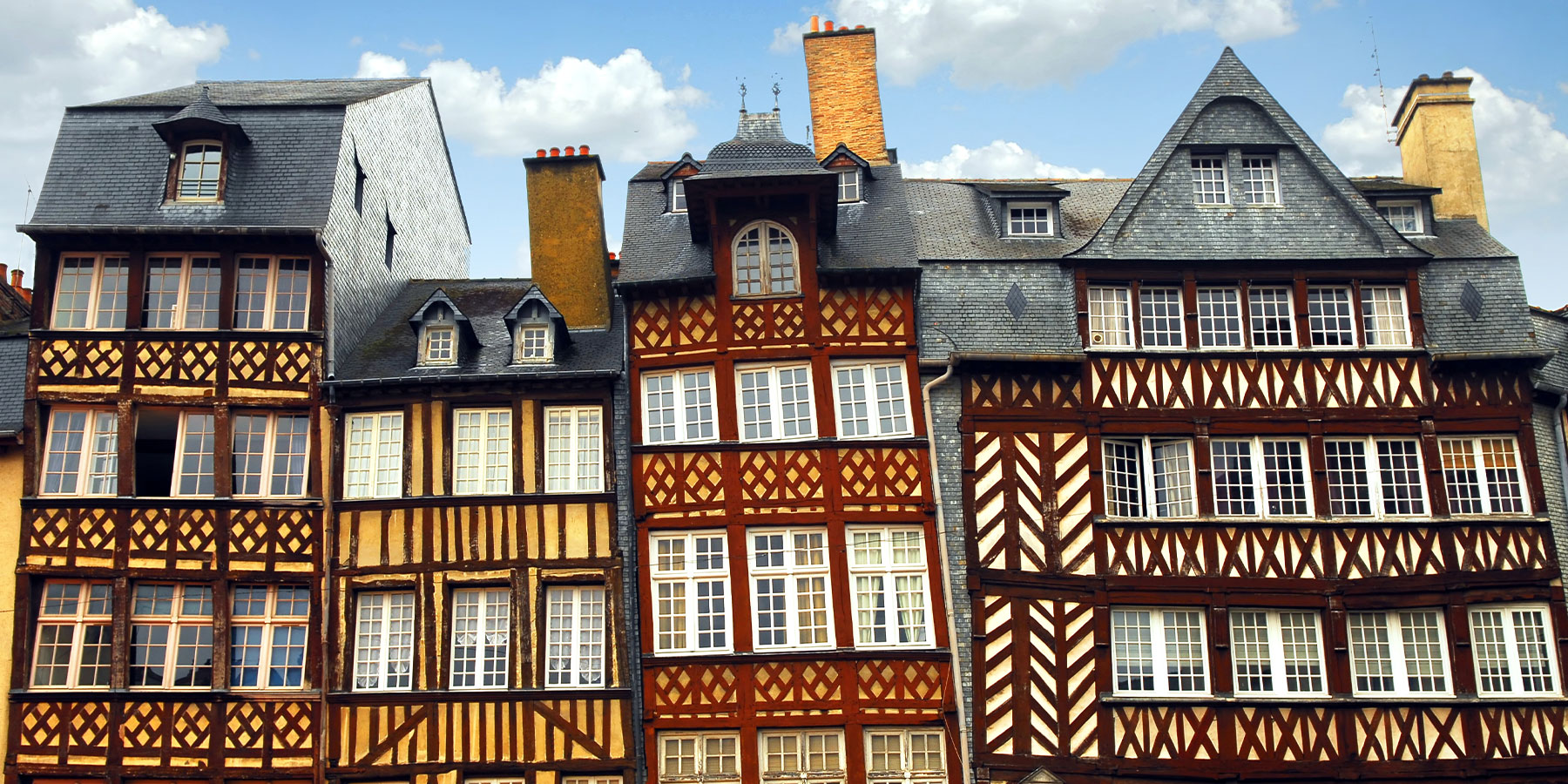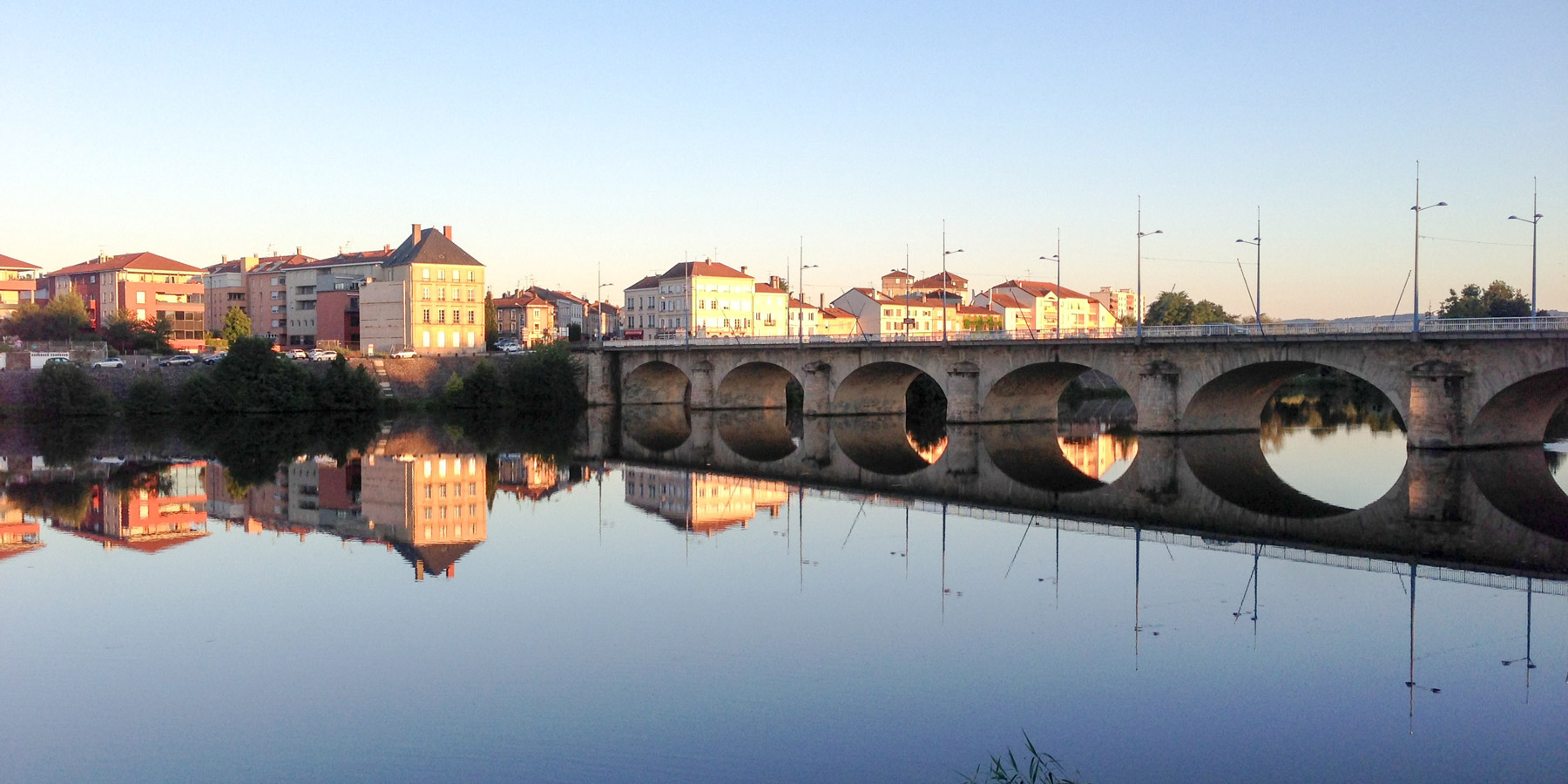
La Place Terre-au-Duc

This point of interest is available as audio on the tour: Visit Quimper, Cornouaille’s Capital in All Its Glory
Breton, warm, ancestral, and authentic—Quimper isn’t the kind of city that tries to impress with grand displays. Quite the opposite! Modest in size and rich in old-world charm, the capital of Finistère embraces its identity with pride and honesty, especially when it comes to sharing its history. You only need to glance at the names of its streets and squares to see it for yourself. Rue des Boucheries (Butchers’ Street), Place-au-Beurre (Butter Square)—clear echoes of Quimper’s past. A tradition which continues right here, on the picturesque Place Terre-au-Duc. Back in the Middle Ages, Quimper was both a religious and political hub, caught in a power struggle between the bishop and the duke. A rivalry visible even in the layout of the city. The bishop’s domain, known as “Church land,” covered the area within the walls and to the north of the ramparts. The duke’s territory, called “Terre-au-Duc” or “Duke’s Land,” extended beyond the Steïr, past the bridge near the old Médard gate. This little square, Place Terre-au-Duc, once gathered the key symbols of ducal authority—courts, a prison, a place for executions, communal ovens, and mills. It was also the city’s main entry point for goods. The surrounding narrow alleyways still whisper those stories—venelle du poivre (Pepper Alley), venelle du Pain Cuit (Baked Bread Alley), and others. Today, most of the original buildings are gone, but the memory of a city once ruled by two competing powers lives on. Over time, the people of Quimper began to assert themselves, gradually gaining independence through their thriving bourgeois community.


Discover Quimper with app
An interactive guide through the most beautiful streets, squares, and districts
23 fun audioguides full of historical facts, anecdotes, and legends





Comments